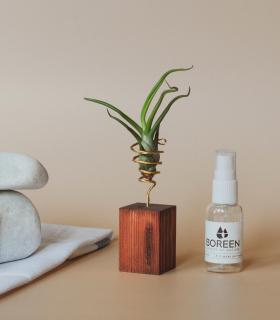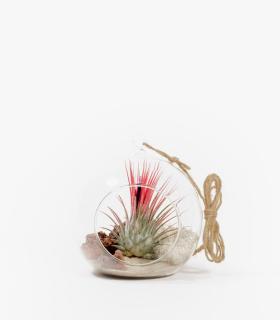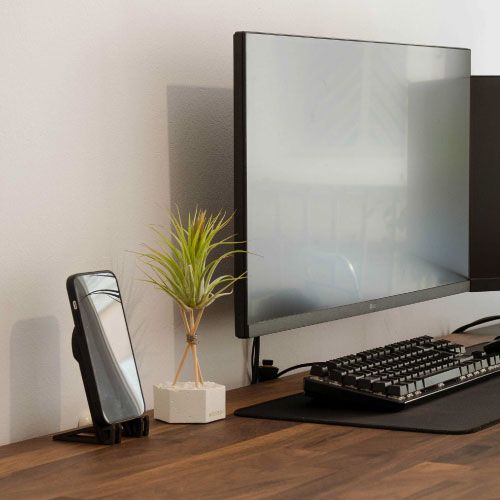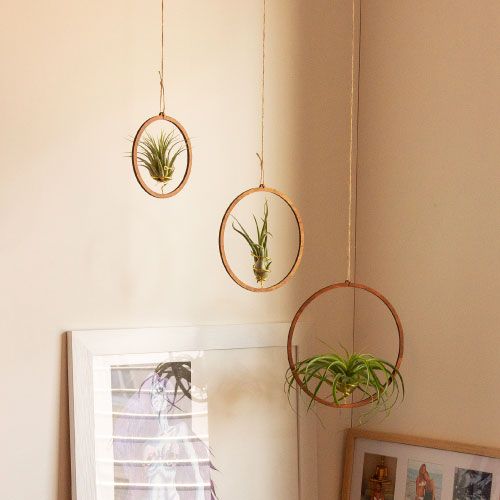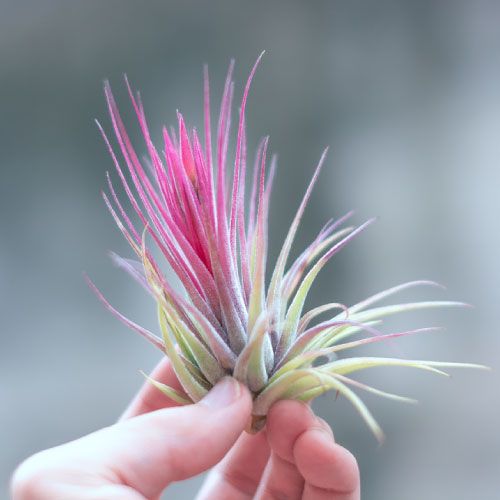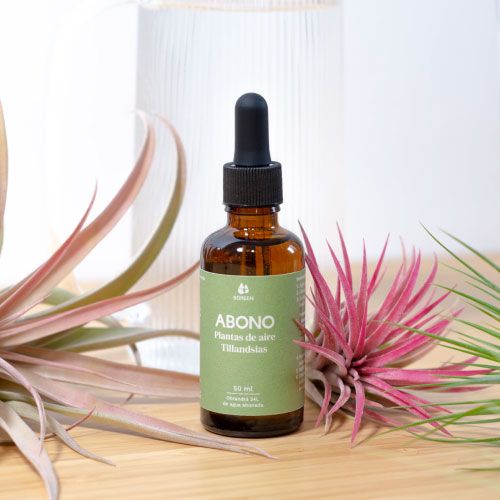Air Plants roses, how is it possible?
Fire on our planet symbolizes power and energy, in the genus of aerial plants we have its maximum representative, the brand new VAR known scientifically as Tillandsia ionantha or commonly called Tillandsia de fuego. Some of the subvarieties of tillandsia ionantha that get more pink are tillandsia ionantha rubra and tillandsia ionantha scaposa.
Since childhood we have painted and imagined all green plants, however these exotic plants are out of the general norm.
When they are going to bloom curiously they change their coloration completely to an intense red or fuchsia color depending on the specimen, this they do to be more visible in nature.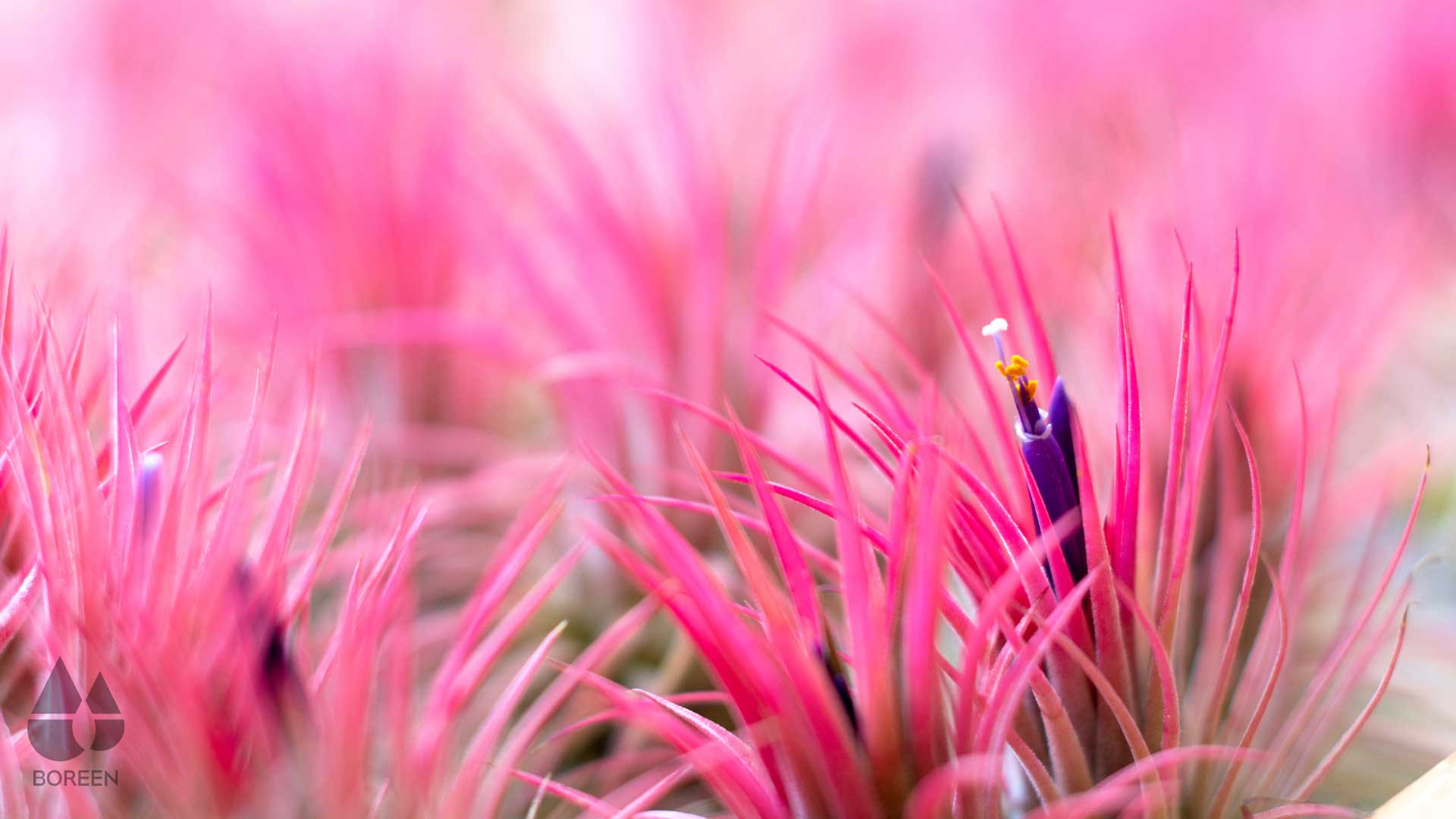
It could be said that by changing color alone, they seek to shine and be the protagonists of the scene, but the question is: Why does a tillandsia of air suddenly change color?
The answer is found in flowering, when they are going to bloom they announce themselves to pollinating insects. Perhaps in our homes, where they decorate and adapt thanks to our supports it is not necessary to change color but they carry it in their genetics.
They come from Central America specifically from the forests of Nicaragua, where they enjoy abundant natural light and humidity, all they need. They reach about ten centimeters in height in their adulthood, they are fast growing, with ideal care we will see new leaves every month and will even bloom.
The tillansia at the time of flowering as we have mentioned above will change color, you will probably be scared since they do it in a matter of two days. They bloom in a very peculiar way, surely you have never seen this type of flowers before, they tend to be a very intense and bright lilac color that contrasts perfectly with the specks of yellow pollen at the tip of the flower. Once flowered they will return to the elegant green color and will take saplings from the bottom of the plant. Over the years you can get to create colonies with these specimens. These colonies can be easily divided to form cuttings of the mother plant.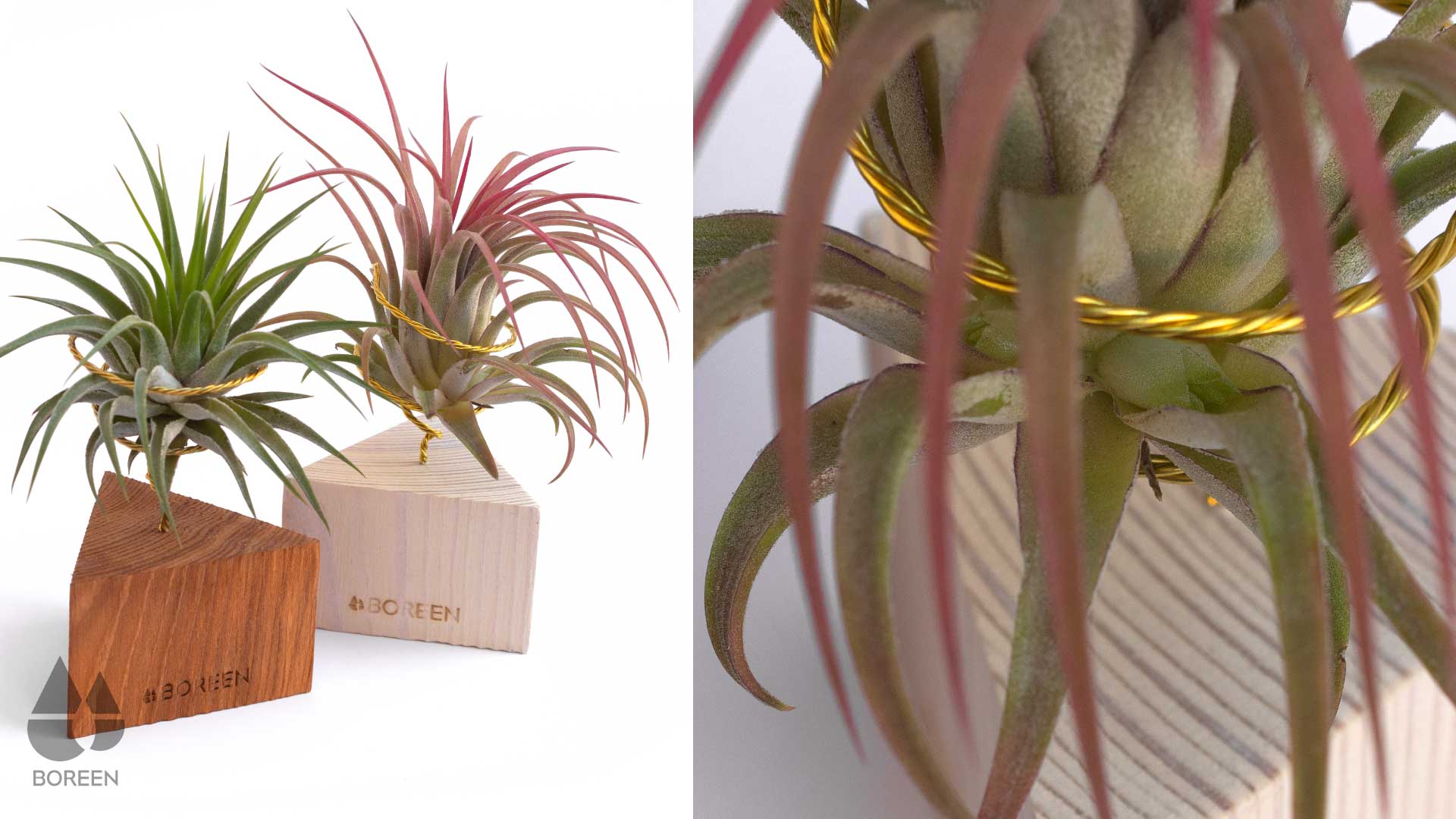
When can I separate a plant cutting from air?
Our recommendation is that they do not separate until at least half the size of the mother. If done earlier, the child may not have enough strength to live alone. In the initial phases of life the cuttings having practically no surface on which the particles in suspension and humidity of the air are deposited absorb the nutrients of the mother plant. That is why it is delicate if we separate them prematurely.
Remember that air plants can reproduce in two ways, either by cutting or by seed. The seeds require certain conditions of humidity, light, temperature and ventilation ideal for their correct development. Therefore, when they reach adulthood, they reach considerably larger sizes than those that have grown from cuttings.
If your air plant has a kind of fluff stuck to its leaves, do not separate it. These are small seeds that will grow attached to your plant. The growth of these seeds is very slow so you must be patient. If you want to know more about growth we encourage you to read our article where we talk more in depth about this interesting topic. How air plants are reproduced.
What care do air plants need to put on roses?
Surely you are wondering how to care for a plant of air VAR to turn pink. The truth is that you have to take care of them like any air plant. It is very simple, then we give you the summary tips. You will see that it is very easy, that is why air plants are considered the easiest indoor plants to care for.
- Lighting: We will preferably place it near a window where they receive indirect light. In summer they appreciate being outside as long as they are sheltered from direct sunlight, this can help us since with the humidity of the dew we will not have to worry about their irrigation during the holidays. On the contrary, in winter they like a little more light since the intensity of the sun is lower. Perhaps this is the only point where air plants VAR need more light to reach a more intense pink color.
- Temperature: While it is true they can resist from 5 to 40 degrees. Reaching extremes can be very harmful to aerial plants, being exposed to the cold will not bloom and with intense heat can dehydrate excessively. When placed indoors this will never become a problem since it will be around ideal temperatures of between 20 and 25 degrees.
- Irrigation: If you look closely you will see that the ionantha tillandsias VAR have a kind of white hairs, these are the trichomes that serve to capture environmental humidity and particles in suspension. Under normal conditions it is more than enough to spray them completely three to five times a week. It is essential that while they are wet they have proper ventilation. In dry and warm climates it is good to immerse the plant in fresh water for 30 min once a week. When we bathe them we have to try to leave it for a while upside down so that they drain the water they do not need and leave them well ventilated.
- Fertilization: If you have it indoors, it would be good to fertilize once or twice a month with foliar fertilizer, this will induce its flowering and help it grow faster. In case of not having foliar fertilizer for tillandsias we recommend using fertilizer for epiphytes such as orchids, in this case fertilize by spraying with half the dose indicated on the fertilizer label.
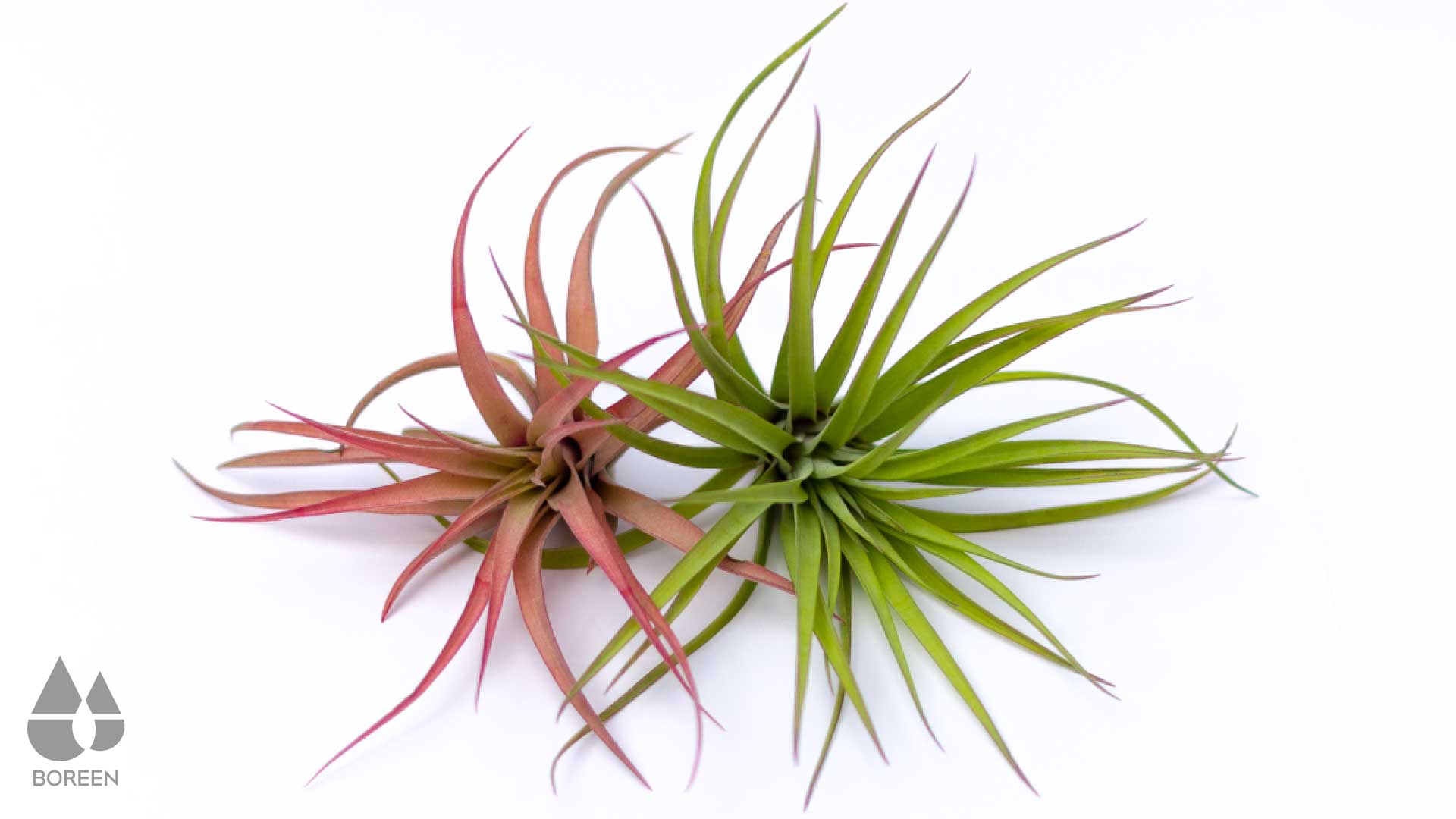
In BOREEN, why do we call them air plants VAR?
Depending on the time of year and the growth phase in which tillandsia ionantha is located, it may not be pink. In fact, the RUB and SCAP plants in our catalog are the VAR plants but still green. We decided to call them differently so that you know at all times that, when you ask for a plant VAR you will get a pink air plant. Sometimes it will be a pink SCAP and sometimes a pink RUB . If you want to check which is yours you can contact us at any time and we will inform you. 
If you found this article interesting we encourage you to give us your opinion in the comments and, if you want us to talk about a topic related to tillandsias or BOREEN do not hesitate, tell us!



